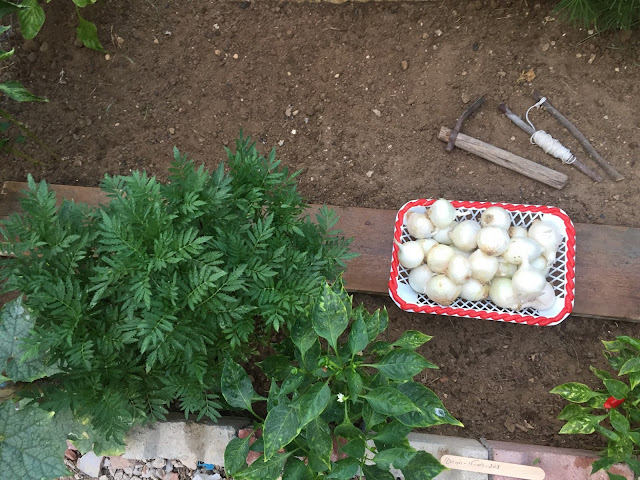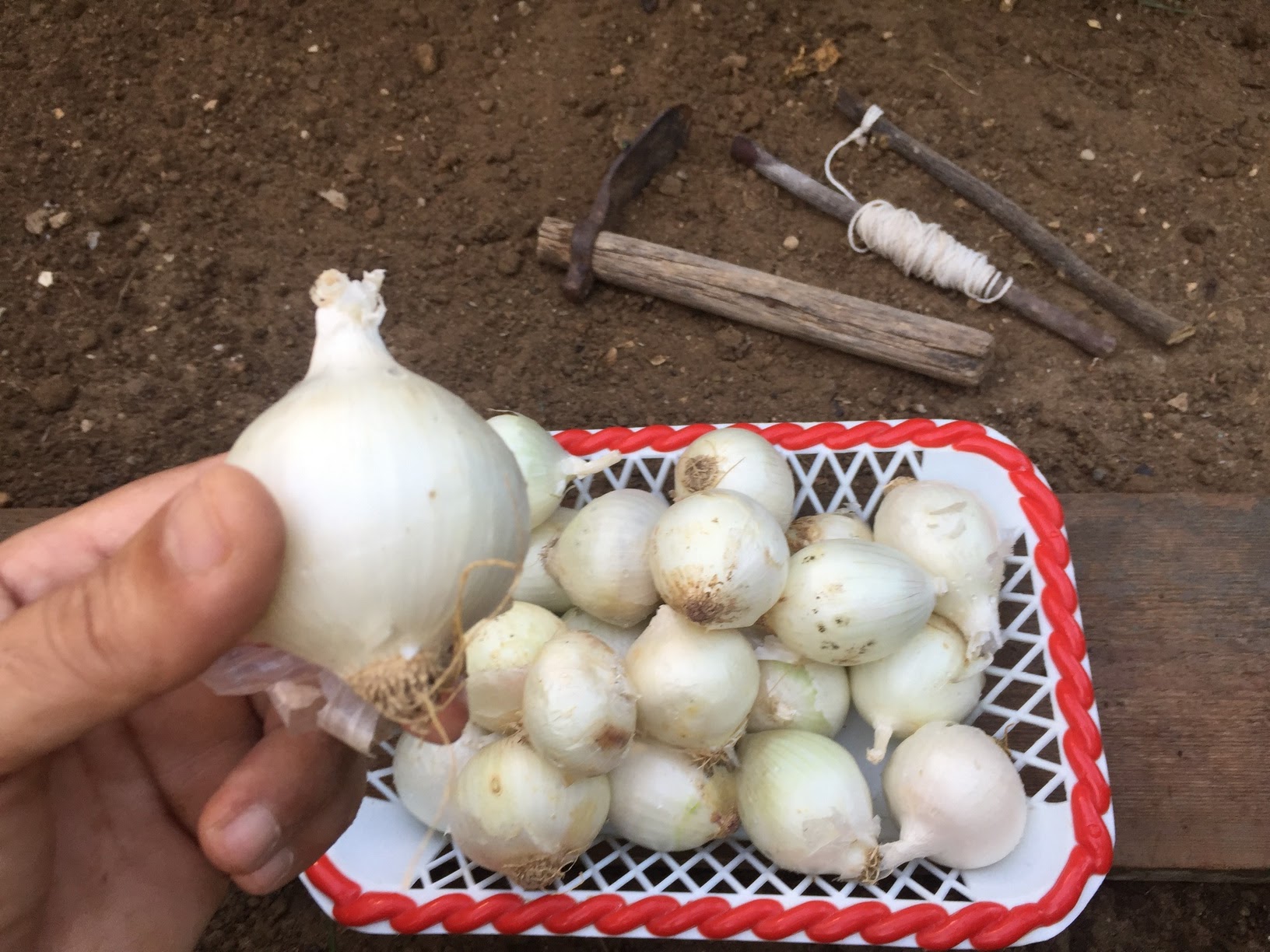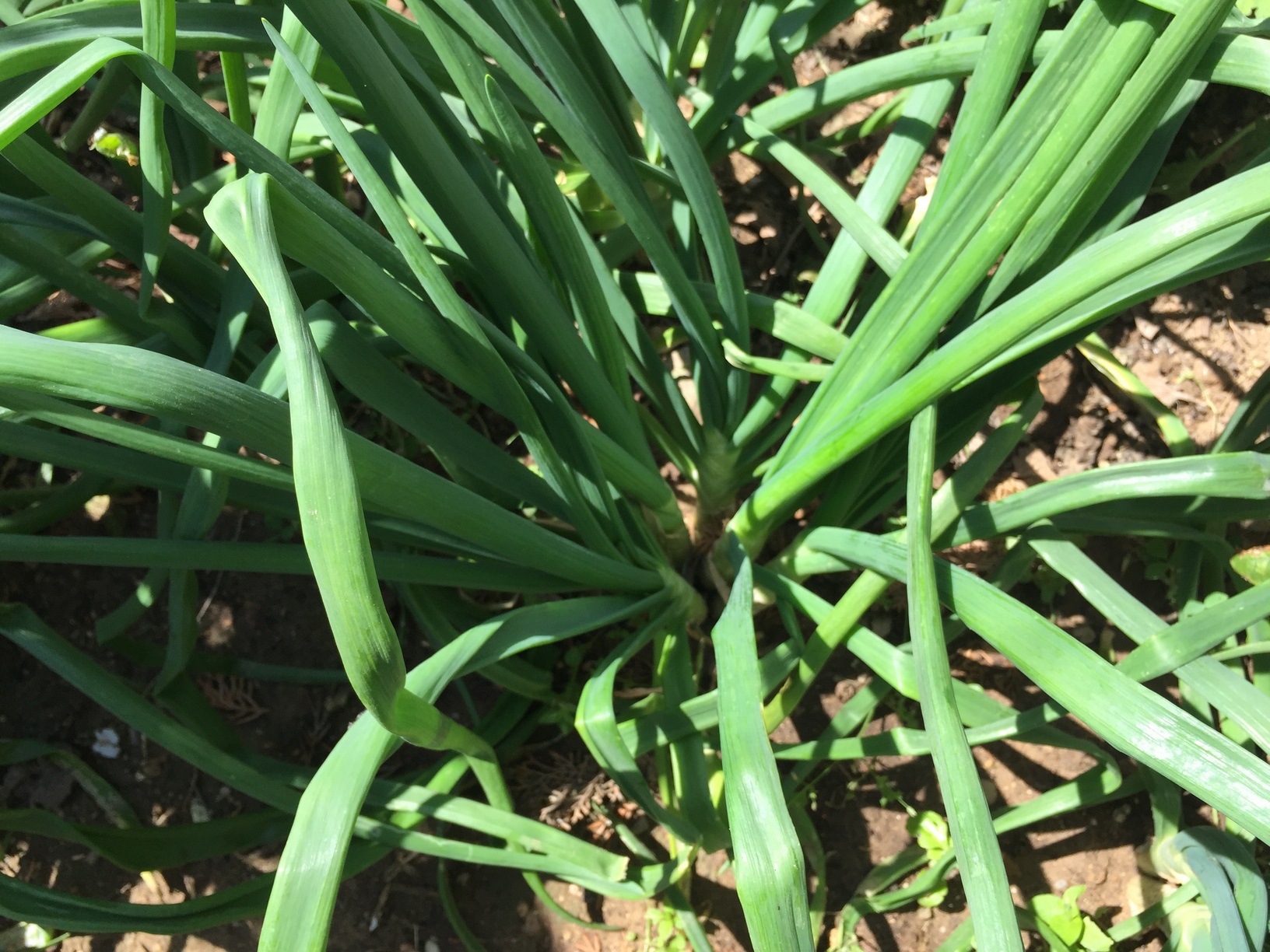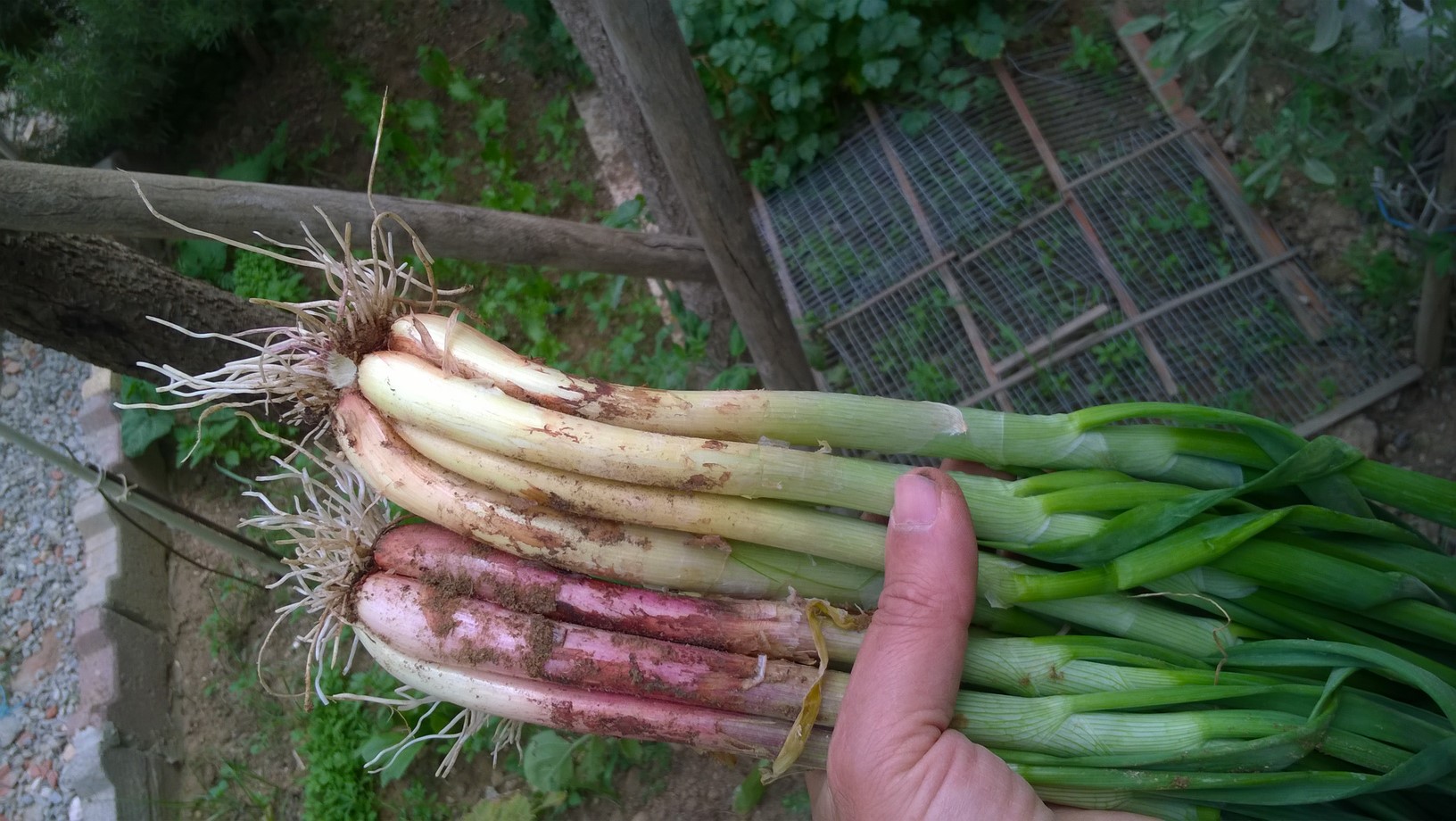Onion, also known as the bulb onion, this beautiful and wonderful bulb vegetable is one of the oldest edible food ingredient known to the humankind and a vegetable that is the most widely cultivated species of the genus Allium. Onions are a cool-season crop and can stand temperatures well below freezing. Onions are {biennials} that have a two year life cycle. The first year, is the plant bulbs and the second year it flowers. Onions are easy to grow. Onions have narrow hollow leaves and a base which enlarges to form a bulb. The bulb can be white, yellow, or red. Growing onions by planting bulbs, called "sets", is simple and very easy. Onion sets are onions which were partially grown last year but pulled up when they have reached good size bulbs. After they are dried and stored. Onions are biennials meaning they have a two year lifecycle, they produce a storage bulb the fist year and flower the second. Onions require little cultivation and are a great starter vegetable for beginners. Onions requires abundant sun and good drainage, and grow best when the soil pH ranges between 6.0 and 6.8. Raised beds or raised rows made by mounding up soil are ideal, especially if your soil is heavy clay.
How To Plant Onion Bulbs
In this article i will guide you how to plant onion bulbs and harvest your own organic green onion step by step, so keep reading to know all my simple tips!Selecting Onion Varieties
There are many varieties of onion to choose from. To make it easier, onions have been categorized into three basic types of onions. Onions are categorized according to day length; this means how much daylight there is when onions stop forming tops, or new green leaves and start making bulbs.
. Short day onions begin forming bulbs when the day length is 10 to 12 hours. These varieties tend to do better in the southern and western U.S.
. Day neutral onions form bulbs when exposed to 12-14 hours of daylight and are planted in the fall in mild winter climates and in early spring in northern climates. These onions mature in 110 days.
. Long-day onions begin forming bulbs when the day length is 14 to 16 hours. They tend to do better in northern states.
Each kind of onion has attributes that make it the best type of onion for different regions and conditions.
Choose Good Onion Varieties from HERE
Soil Preparation
The key of success in organic gardening is the preparation of the soil, make sure your soil is free of weeds and rocks. Loose the soil with a rake, you can mix some organic fertilizer to have more nutrients into the onion bed in advance of planting. This will help the onions bulbs to get a good start. Loose the soil again and rake it. Then, flatten the soil down with the head of the rake. Onions love hard soil, the harder the better.
Now that you have your onion bulbs "sets" and your soil is well prepared, it is time to get planting!
Planting Onion Bulbs
. Select a location with full sun where your onions won’t be shaded by other plants.
. Soil needs to be well-drained, loose, and rich in nitrogen, compact soil affects bulb development.
. Stretch a line of string between two pegs to make a straight row. Use a rake to form a shallow furrow.
. Places nutrients right where young onion roots will find them. They will use up the nutrient supply as they grow.
. Plant each bulbs 1 to 2 inches deep. Gently push the bulb into the ground until it is just below soil level. Cover it with additional soil by gently packing the soil over the bulb.
. Space bulbs "sets" 4 to 6 inches apart within each row.
. Water onions slowly and deeply to help grow strong, healthy roots.
. Cover your planted bulbs with a heavy layer of mulch. This allows the soil to retain moisture longer and also keeps the onions a little warmer.
. Plant onions bulbs 3 to 4 months before the time you want to harvest green onions.Remember that when planting onion bulbs, don’t bury them more than one inch or two under the soil, if more than the bottom third of the bulb is underground, bulb growth can be restricted!
Keep them moist and in a few weeks you will have a crop of green onion tops to harvest. Once harvested they will grow more green tops and you can harvest them again and again.
Onion Plants Care
. Birds can be a problem lifting the new sets, so you must cover with fleece until the roots are established.
. Water the onions twice a week for the first two weeks. After that, avoid watering at all, especially once the ground has frozen.
. Keep your onion beds well-weeded. Pull weeds by hand close to bulbs to avoid up-turning plants. Remember that Onion beds require more weeding than other vegetable beds.
Harvesting Green Onions
In addition to good planting and care, you need to know when to begin harvesting onions for the best flavor. Harvest onion early in the morning when temperatures are not too hot. For green onions harvest tops as soon as they reach 6 inches in height. The longer you wait to harvest the green tops, the stronger they become. Carefully pull or dig all the onions up from the ground with the tops intact.
Any onion plant that have bolted, or formed flower stalks, should be pulled and used right away.
Watch My Organic Onion Update
Follow the basic guidelines in this article, and you will have a beautiful crop of green onions growing in your garden that you can harvest and enjoy , both fresh and for all spring long.
Enjoy harvesting green onions at any time during the spring! If you have any tips for growing organic onion, we'd love to hear them - please share them in the comments section below.
. Affiliate Disclosure .
chokrihomeandgarden.blogspot.com is a participant in the Amazon Services LLC Associates Program, an affiliate advertising program designed to provide a means for sites to earn advertising fees by advertising and linking to Amazon.uk. Pages on this site may include affiliate links to Amazon.uk and its affiliate sites on which the owner of this website will make a referral commission.
Premium quality onion bulbs "sets" can be purchased from Here!
chokrihomeandgarden.blogspot.com is a participant in the Amazon Services LLC Associates Program, an affiliate advertising program designed to provide a means for sites to earn advertising fees by advertising and linking to Amazon.uk. Pages on this site may include affiliate links to Amazon.uk and its affiliate sites on which the owner of this website will make a referral commission.
















